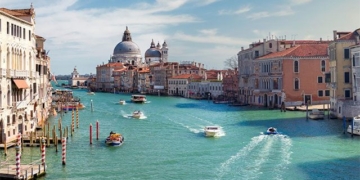Many masks have been discovered at excavation sites in Mexico, with archaeologists suggesting that they symbolize various deities of the ancient Maya underworld.
The Toniná Archaeological Site in southern Mexico is proving to be a treasure trove of pre-Columbian Maya relics, as a team of archaeologists working in the area recently announced the discovery of a significant number of carved stone masks from ancient peoples.
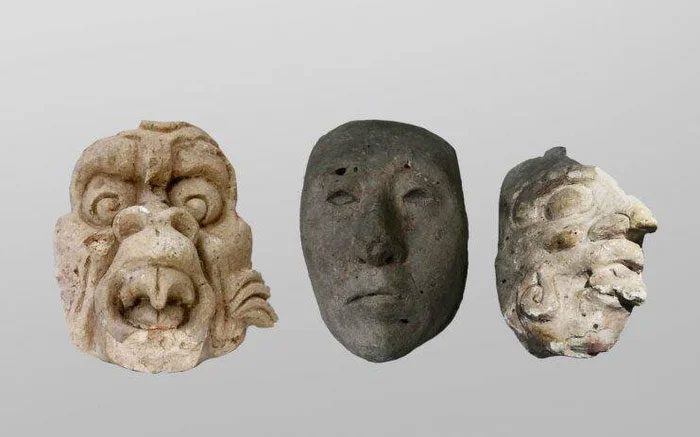
Some ancient Maya masks.
A recent statement from the National Institute of Anthropology and History of Mexico (INAH) noted, “42 years of research at the Toniná archaeological site… have uncovered various archaeological materials, prominently featuring a large number of masks, many of which are made of plaster and stone carvings, suggesting the ancient inhabitants of this city.”
They reported that many of these plaster fragments were found in and around a structure known as “The House of the Cosmic Entertainment”, near the Sunken Plaza of the Palacio de los Caracoles, both dating back to around 650 AD.
Archaeologist Yadeun Angulo stated that these masks represent elements of the underworld, as well as the earth and the sky, and hold significant spiritual meaning for the people of that time.
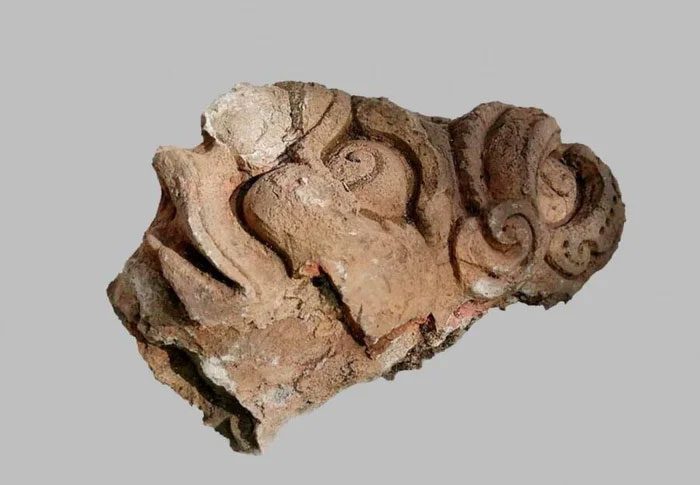
Many masks symbolize deities, especially those of the underworld.
The buildings at the archaeological site are also adorned with architecture reminiscent of human faces – “the human body is part of the decoration of the buildings,” Angulo explained.
According to a report by Heritage Daily, many masks were discovered in 2013, but a notable example was found more recently, in 2018, within the Temple of the Sun, depicting the lord of the underworld.
Angulo explained that representations of the underworld deities often lack lower jaws.
“This gentleman has an upper jaw and shark teeth, as they are Sun deities, and he is actually a bizarre doll, part of a giant representation showing how the lords of Toniná related to strange creatures,” the archaeologist noted.
Some masks also represent deities from other cultures, including a representation of the Aztec rain god, Tláloc, a figure worshipped in the Teotihuacan culture of the Central Highlands between the third and eighth centuries.
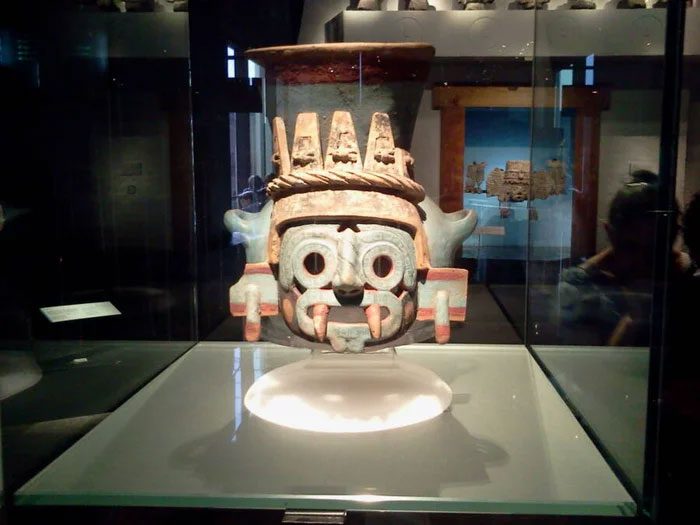
A representation of Tláloc similar to one found at the Toniná site.
Angulo believes that the representation of deities from other cultures indicates that the ancient Maya had close ties with the people of the Central Highlands.
Another figure found alongside the masks was used as a mold for creating jade masks, evidenced by mask fragments still adhering to it.
Angulo expressed hope to exhibit these masks and mysterious figures in temporary exhibitions in the future – especially since the Toniná site has also provided archaeologists with full-body sculptures of deities, recreating scenes from the Popol Vuh and the entire pages featuring the twin deities Hunahpú and Ixbalanqué from the underworld and the sky.
Previously, researchers revealed that the ancient Maya had a practice of transforming the bodies of deceased rulers into large balls for use in the pelota (Pok-a-tok) sport. This sport was seen as a form of entertainment and a manifestation of the community’s religious beliefs.
The Maya constructed ball courts throughout their territory, and today, ancient ball courts still exist along the Gulf Coast of Mexico. Historically, approximately 3,000 ancient ball games took place, each being a unique sacrificial ritual of the Maya.
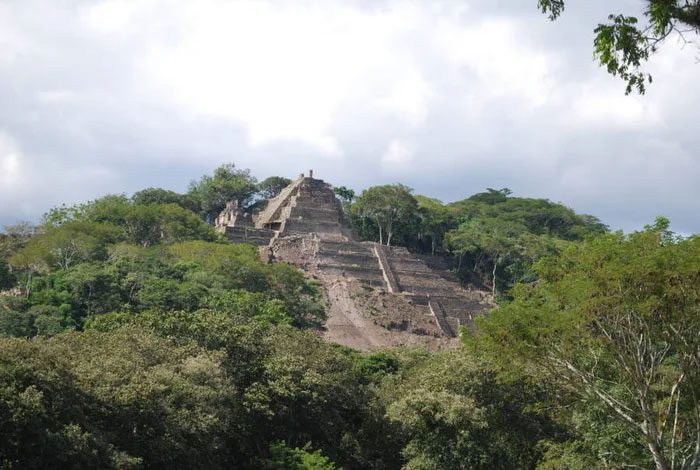
An ancient Maya temple at the Toniná archaeological site in southern Mexico.
At that time, Angulo explained that the ancient Maya might have wanted the bodies of their rulers “to be transformed into vital energy, something to invigorate their people. Just as the Egyptians sought to preserve the bodies of the deceased through mummification, we know here they were transformed in a different way.”
The pelota game was not only a popular sport but also represented mythological battles between forces of life and forces of death in Maya culture. The venues for pelota matches were also considered places connected to the underworld and were used as sites for sacrificial rituals.
Descriptions of the underworld and the delicate balance between life and death are prominent themes in Maya art. This newly published collection of plaster masks further underscores the importance of these beliefs.
“These faces, these portraits, provide us with different insights into the ancient world. Their gazes take us to the ancient and powerful realm of the Po’o Maya,” Angulo stated.


















































